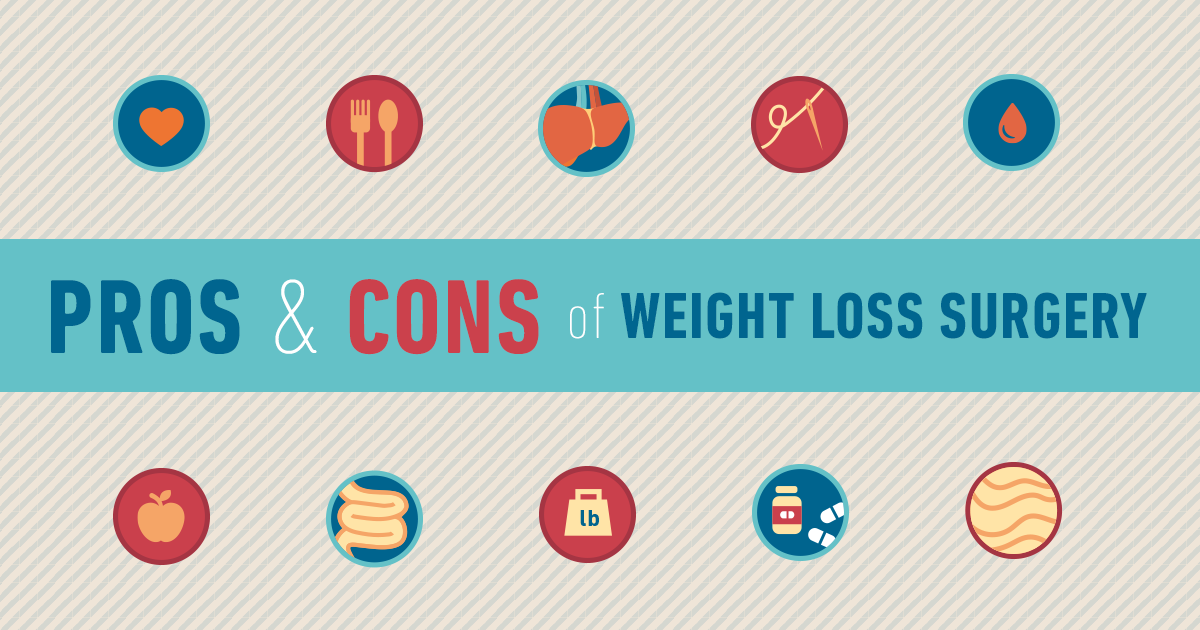Thinking Twice On SMILE Surgery? Look Into Key Considerations And Insights To Aid You Make An Enlightened Decision Regarding Your Visual Future
Thinking Twice On SMILE Surgery? Look Into Key Considerations And Insights To Aid You Make An Enlightened Decision Regarding Your Visual Future
Blog Article
Web Content Writer-McDowell Dalrymple
If you're pondering SMILE eye surgical treatment, ponder this: are you prepared to accept possible aesthetic freedom, or does the thought of any threats make you think twice? Your choice will certainly depend upon a careful balance of considering the advantages versus the uncertainties. It's essential to dive deeper into the subtleties of SMILE surgery to make an informed choice that aligns with your visual objectives.
Understanding SMILE Eye Surgical Procedure
When thinking about SMILE Eye Surgical procedure, it is very important to comprehend the treatment and its advantages. SMILE, which stands for Small Incision Lenticule Extraction, is a minimally invasive laser eye surgical procedure that remedies typical vision problems like myopia (nearsightedness).
During the procedure, your eye doctor will certainly use a femtosecond laser to create a small laceration in your cornea. With https://www.news-medical.net/health/LASIK-Starbursts-Ghosting-Halos-and-Double-Vision.aspx , a small disc of cells called a lenticule is removed, reshaping the cornea and remedying your vision.
One of the key benefits of SMILE Eye Surgical treatment is its fast healing time. Numerous individuals experience enhanced vision within a day or 2 after the treatment, with very little discomfort.
Furthermore, SMILE is known for its high success rate in offering long-lasting vision adjustment. Unlike LASIK, SMILE does not need the creation of a flap in the cornea, reducing the threat of difficulties and enabling a much more steady corneal structure post-surgery.
Understanding the procedure and its advantages is important when thinking about SMILE Eye Surgery for vision adjustment.
Advantages and disadvantages of SMILE
Considering SMILE Eye Surgical treatment for vision modification comes with different benefits and prospective drawbacks.
Among the main pros of SMILE is its minimally invasive nature, as it entails a tiny cut and usually leads to quick healing times. The procedure is likewise understood for creating minimal discomfort and completely dry eye symptoms post-surgery compared to other vision improvement approaches. Furthermore, SMILE has actually been revealed to give superb visual end results, with many people accomplishing 20/20 vision or far better.
On the other hand, a potential disadvantage of SMILE is that it might not appropriate for individuals with extreme refractive mistakes, as the therapy range is somewhat limited contrasted to LASIK. One more consideration is that the learning contour for cosmetic surgeons carrying out SMILE can influence the availability of skilled carriers in specific areas.
It is necessary to weigh these advantages and disadvantages meticulously when making a decision if SMILE is the ideal choice for your vision modification requirements.
Figuring Out Eligibility for SMILE
To figure out if you're eligible for SMILE eye surgery, your eye doctor will conduct a complete analysis of your eye wellness and vision demands. During this evaluation, factors such as the stability of your vision prescription, the thickness of your cornea, and the total health and wellness of your eyes will certainly be analyzed.
Generally, pop over to this site for SMILE more than 22 years of ages, have a steady vision prescription for a minimum of a year, and have healthy and balanced corneas without conditions like keratoconus.
Your optometrist will likewise consider your general eye wellness, any existing eye conditions, and your lifestyle needs to determine if SMILE is the ideal option for you. It's necessary to interact any type of details visual requirements or problems you may have during this assessment to make certain that the therapy straightens with your expectations.
If you aren't eligible for SMILE, your optometrist may recommend alternate vision correction choices that much better suit your specific requirements and eye wellness standing.
Conclusion
Eventually, choosing whether SMILE eye surgical treatment is right for you calls for careful consideration of your private eye health and wellness and aesthetic needs. Speak with your ophthalmologist to establish your qualification for the treatment and consider the possible benefits and drawbacks. Bear in mind to interact any type of concerns or inquiries you might have during the evaluation procedure to make an enlightened choice concerning your vision adjustment alternatives.
